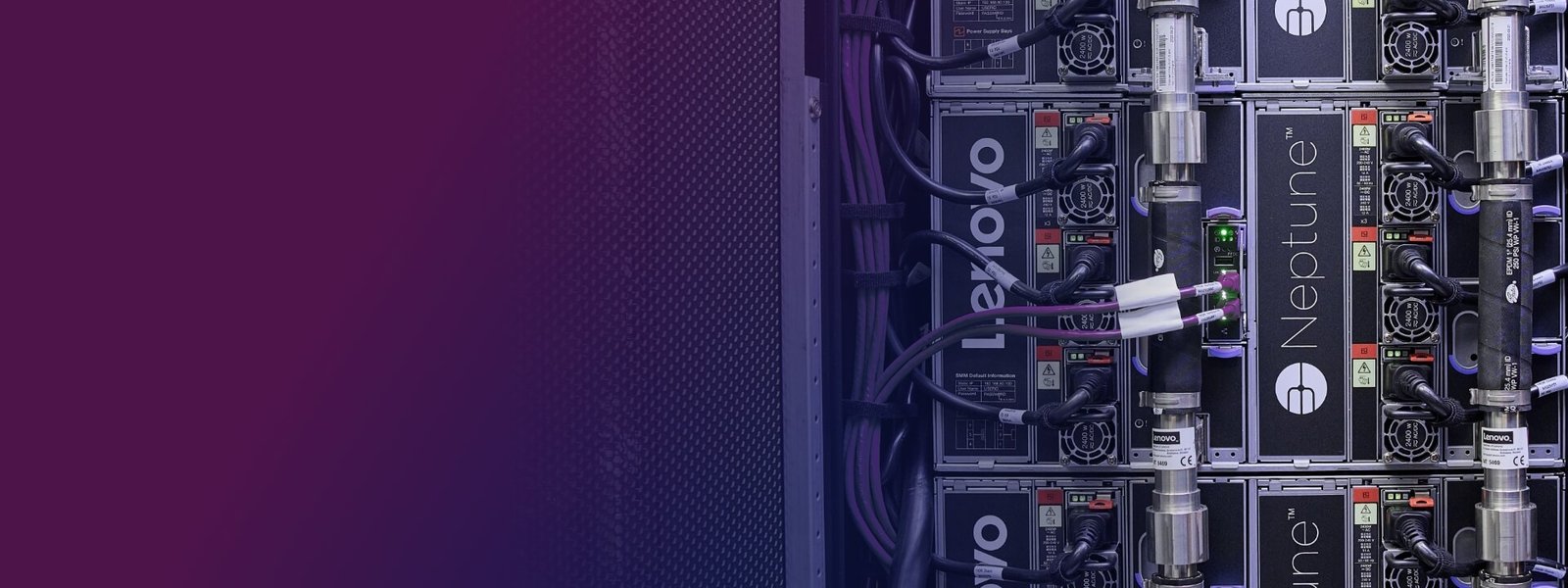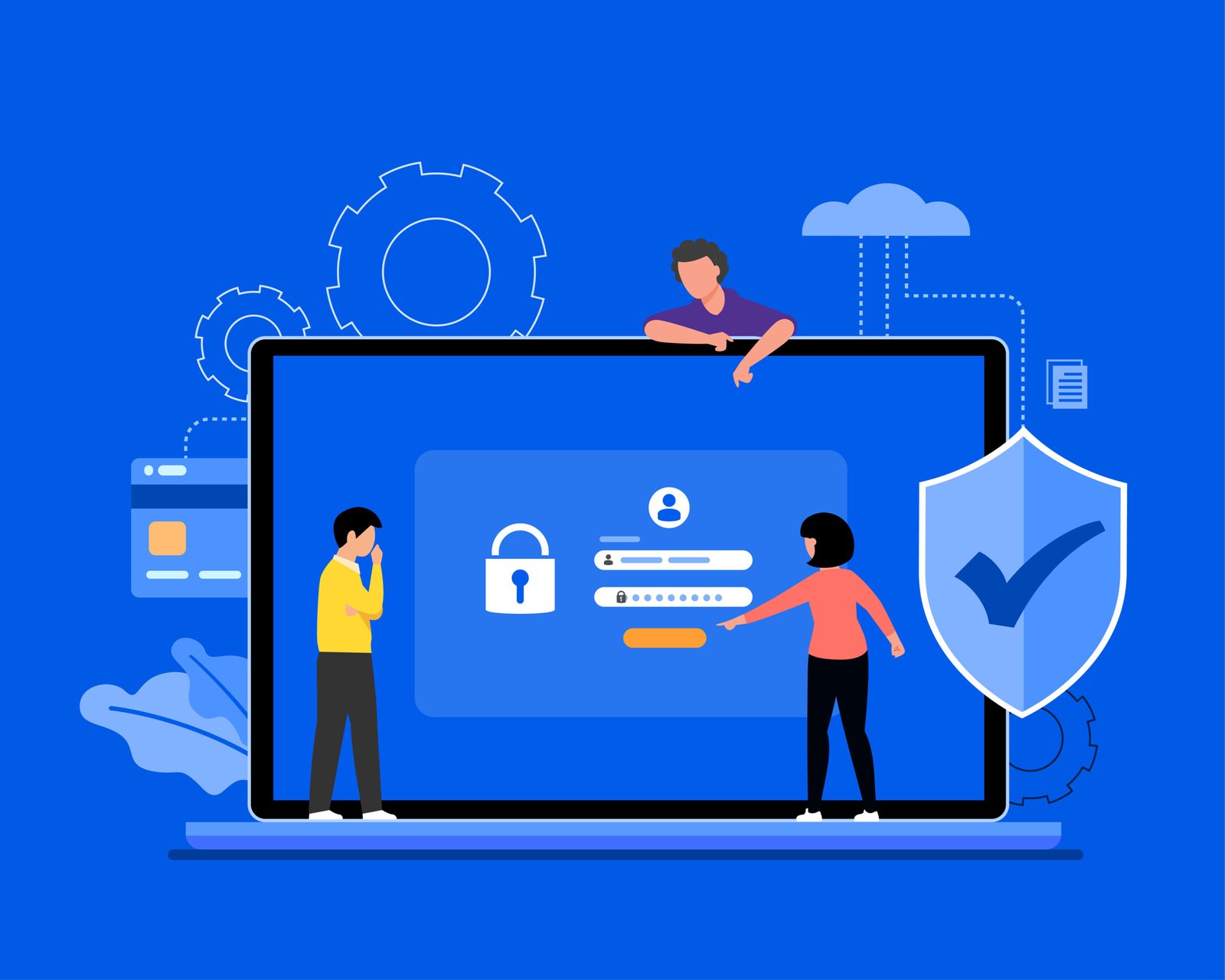Running about on a hot summer day without a fan or any shade would make you feel tired, right?
That’s what happens to servers when they overheat.
Servers act like the brains of the Internet. They enable us to communicate messages, play games and watch videos. However, they work better when they are not overheated, just like our brains.
The data center cooling market share was valued at US$ 13.29 billion in 2023 and is projected to reach US$ 45.70 billion by 2030
That’s where smart cooling can help us. Smart cooling helps to keep servers cool in the data center so that they can keep doing their work without slowing down.
Keep reading to understand the ways these smart systems work to keep servers cool.
1. Smart Fans That Self-Adjust
Servers use special fans because they are smarter than regular fans. These fans are aware of when to slow down and when to spin more quickly. The fans rotate more quickly to cool a server that becomes hotter.
The fans reduce speed to conserve energy as the server cools down. It’s similar to having a fan at home that turns on faster when you’re hot and off when you’re cool. Servers with smart fans maintain the ideal temperature without wasting electricity.
-
Conserving Energy While Cooling
Using smart fans not only keeps the servers cool but also conserves electricity. This has both financial and environmental benefits for businesses. It benefits all parties involved!
2. Airflow That Has Directional Awareness
Ever wanted to cool off? Have you ever stood in front of a fan?
Similar actions are taken by servers. Air is directed to flow just where it is required by intelligent cooling systems. This indicates that the cold air reaches the server’s hottest areas.
These systems use less energy and cool the servers more quickly because they concentrate on the appropriate areas. Imagine having a fan that cools just your face rather than your entire room when you’re overheated.
Server overheating is prevented when air is directed where it is required. As a result, individuals are able to work longer and quicker without stopping.
3. The Cool Water Trick for Liquid Cooling
Serving servers with liquid cooling is like drinking a cold glass of water when you’re experiencing extreme heat. Within the server, pipes carry cold liquids, like as water, to remove heat. Due to liquids’ superior ability to transfer heat over air, this is one of the finest methods for cooling servers. It’s like serving a cool beverage to the servers!
- Liquid cooling is more effective at eliminating heat than air cooling because it operates more quickly.
- Reduced energy consumption helps servers maintain their coolness even during periods of high usage.
4. Cold and Hot Aisles for Better Cooling
Rack servers are arranged in rows, just like books on a shelf. These rows have hot and cold lanes created by smart cooling equipment. Heated air enters the heated aisles, while cold air enters the chilly aisles.
This improves cooling efficiency by preventing hot and cold air from combining. It’s similar to storing hot soup and ice cream in different areas of your kitchen so they don’t interfere with one another/
Servers consume less energy and cool down more quickly when hot and cold air are kept apart. This small technique has a significant impact.
5. Sensors That Monitor Temperature
Server temperature is monitored by sensors in smart cooling systems. These sensors have the function of miniature thermometers. They communicate to the cooling system which server components are overheating.
Ambient room sensors enable you to map out and track your data center’s airflow and design a more stable ambient environment or servers.
In this manner, the cooling system may precisely direct the flow of cold liquid or air. It’s similar to having a doctor take your temperature to determine whether you have a fever.
Always Aware and Prepared
- The server’s temperature is continuously monitored by sensors to ensure that it remains cool.
- The cooling system can react quickly to prevent servers from overheating and causing delays.
6. Use the Cool Air of Nature
Often, servers can keep cool without the need for expensive equipment. They are able to utilize outdoor cool air, particularly in cold climates. Fresh air is drawn in and heated air is expelled via intelligent cooling systems.
A lot of energy is saved by this natural cooling system. On a cold night, it’s like opening your room’s window rather than using the air conditioner.
In addition to being smart, using nature’s air is also environmentally friendly. Businesses can utilize fewer resources and save money because of it.
7. AI With Better Cooling Skills
Artificial intelligence may be compared to an extremely intelligent brain that continuously learns and gets better. AI-powered smart cooling systems analyze server heat and determine more effective cooling techniques.
For example, AI can determine whether to employ liquid cooling or turn on fans. It is comparable to having an intelligent assistant who is aware of your needs before you do.
Constantly Growing Intelligent
- AI enables cooling systems to gain knowledge from historical trends, thereby increasing their efficiency.
- The technology makes it easier to predict when cooling is needed, which keeps servers cool while consuming less energy.
Wrapping Up: Keep Cool for The Better Future
Since servers are at the center of our digital world, it’s critical to keep them cool. Smart cooling solutions are like super heroes when it comes to keeping servers from overheating and slowing down.
From utilizing smart fans to leveraging AI for learning, these systems are full of ingenious gimmicks. They benefit the environment, conserve energy, and maintain servers in good working order.
Thus, the next time you play a game or watch a movie online, bear in mind that intelligent cooling systems are always at work to keep everything operating flawlessly.



